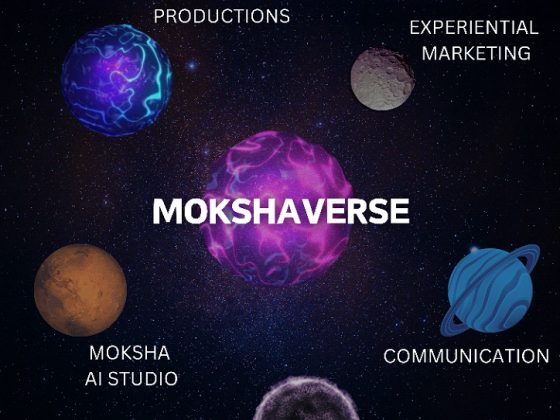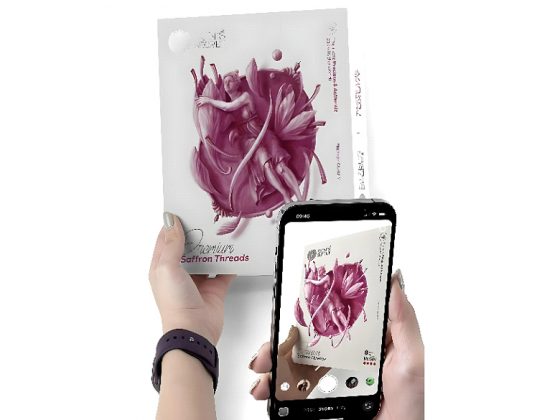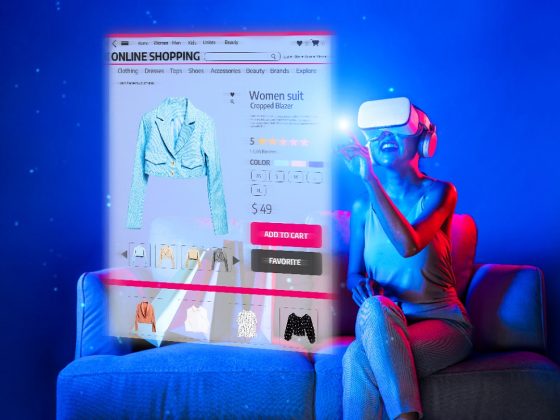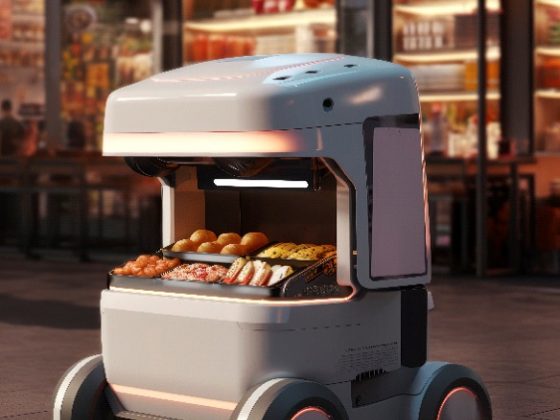From Data to Dinner Table: How FMCG Brands are Using Predictive Analytics for Product Innovation
By Akshata Shailendra Singh
Today, FMCG brands are using data to anticipate consumer needs, refine product development, and innovate with precision. The days are gone when brands relied solely on intuition and traditional market research; now, data-driven insights power decisions from concept to the dinner table.
Predictive analytics involves analysing vast amounts of historical and real-time data to forecast future consumer behaviours and preferences. This shift from reactive to proactive product innovation is proving crucial in a sector where trends change rapidly and consumer expectations are ever-increasing. The ability to predict what consumers will want before they know it themselves has become a game-changer.
Historically, FMCG brands relied on focus groups and market surveys to guide product development. While useful, these methods could have been faster and more precise. Predictive analytics, however, allows companies to tap into data in real-time, identifying trends and unmet needs much earlier in the product cycle.
Unilever uses predictive models to track consumer interest in plant-based products. By analysing market shifts, the company expanded its range of plant-based items in response to growing demand. This proactive approach has enabled Unilever to gain market share while catering to evolving consumer preferences.
Similarly, Coca-Cola utilises predictive analytics to determine which product formulations will resonate across different regions. By analysing sales data, social media conversations, and environmental factors, Coca-Cola successfully launched hybrid beverages like Coca-Cola Plus Coffee, driven by growing consumer interest in caffeine-rich drinks.











